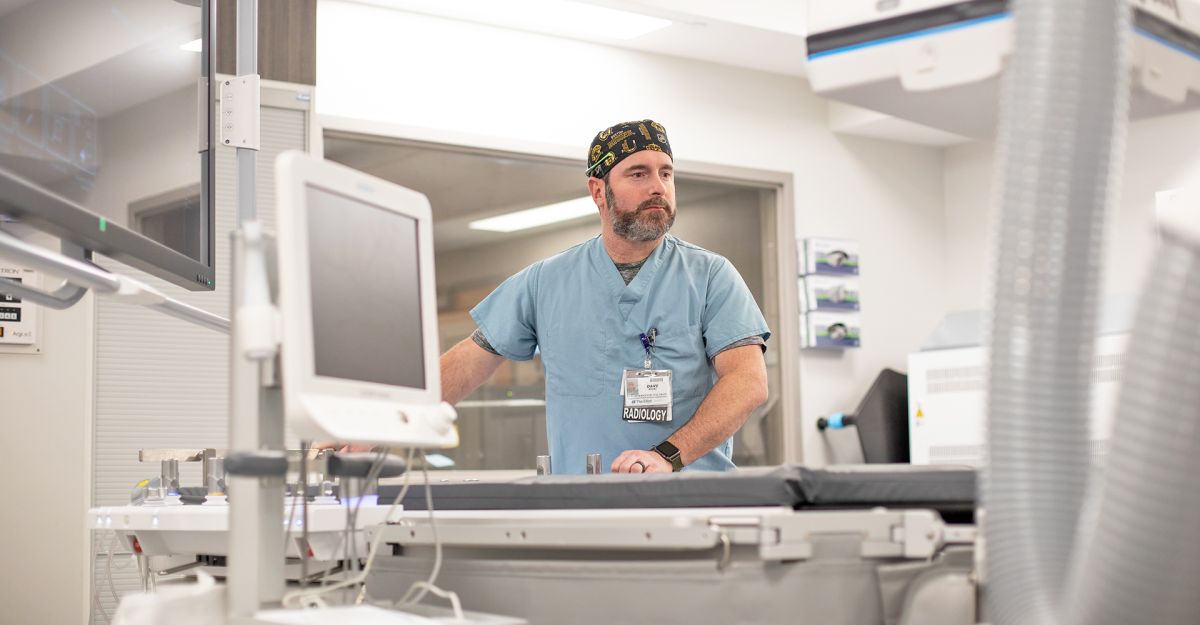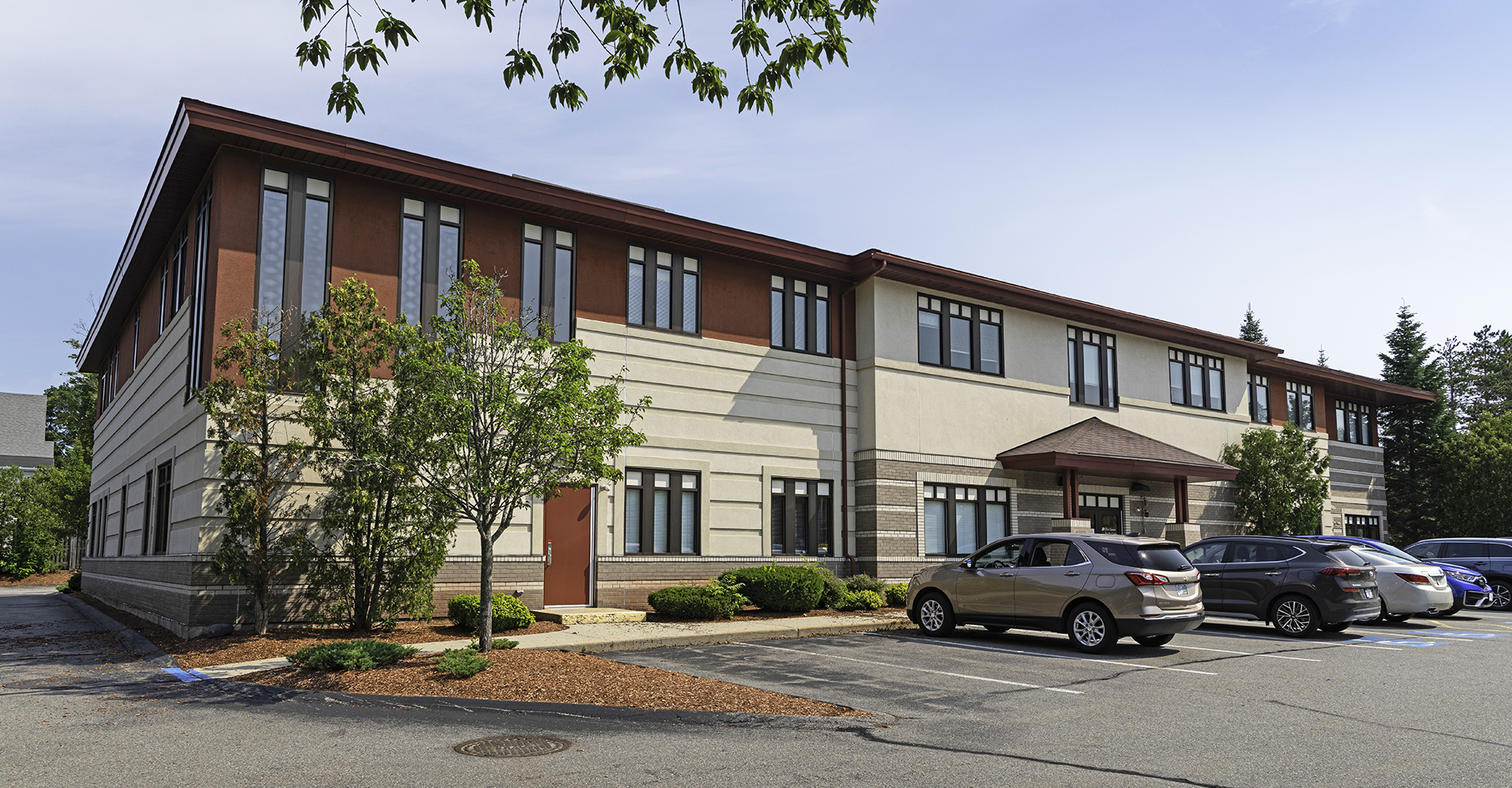X-ray
An X-ray uses a small amount of radiation to create images of your bones, joints, and internal organs.

An X-ray uses a small amount of radiation to create images of your bones, joints, and internal organs.
X-rays are most often used to produce well-defined images that help your provider give you the best care possible.
No preparation is needed for a routine X-ray. You may be asked to remove your jewelry and other metallic objects prior to the exam. You should wear comfortable clothing.
X-ray services have many benefits that outweigh any small potential risk. Protocols are designed to use the lowest radiation dose possible to obtain the needed medical information. Also, newer, faster machines like the ones at The Elliot require less radiation than was previously used. Talk with your doctor about the benefits and risks of your X-ray.

The Elliot at Bedford
25 Leavy Drive
Bedford, NH 03110
603-472-1772
More Details

The Elliot at River's Edge
185 Queen City Avenue
Manchester, NH 03101
603-663-3000
More Details

The Elliot at Londonderry
40 Buttrick Road
Londonderry, NH 03053
603-669-5300
More Details

The Elliot at Hooksett
20 Chambers Drive
Hooksett, NH 03106
More Details

Elliot Senior Health Center
138 Webster Street
Manchester, NH 03104
603-663-7000
More Details

Elliot Hospital
1 Elliot Way
Manchester, NH 03103
603-669-5300
More Details